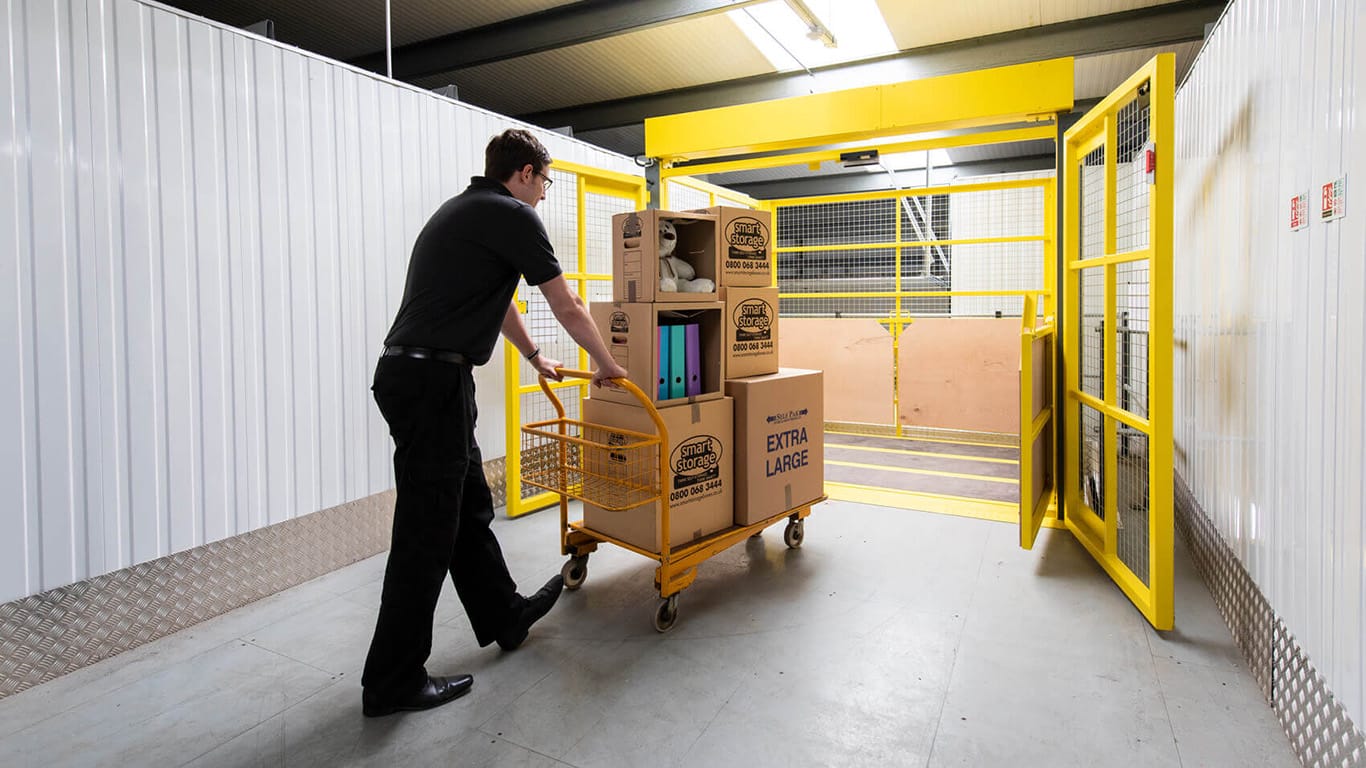As an essential part of many types of business, from industrial warehouses to commercial spaces, a goods lift needs to be fully operational at all times. Not only do they optimise the efficiency of your operations, but for some businesses, they are essential to the daily running of the business itself. With this in mind, business owners must consider how to protect their lifting equipment, to allow for longer and safer use. Here, we take a look at some of the strategies to put in place to ensure you optimize the longevity of such equipment.
Make A Protection Plan
Like any piece of expensive equipment within your operation, there must be some consideration as to how to protect it. This doesn’t just mean ensuring you have it insured, however. You will need to assess the use of the lifting equipment in terms of how often it is used and what type of loads it takes. Only then will you be able to ascertain what needs to be done.
- Appoint a lift manager – A member of staff should be tasked with ensuring the safety and usability of the lifting equipment. This should be someone who has technical knowledge of what the lifting equipment can handle, the emergency procedures should something go wrong, and the required maintenance. This person should be the first point of contact for any issues with the lifting equipment.
- Schedule weekly checks – All lifting equipment should be checked periodically to identify any small signs of wear and tear that could lead to bigger problems. Ensure that lights and mechanisms are working, there aren’t any signs of rust, and that tracks and doors are clear in any lifts. Keep weekly records accurately, and you will soon be able to see how often these small problems will occur. This can help to inform your maintenance schedule.
- Daily checks – As well as a more thorough weekly check, daily inspections of lifting equipment are good practice when it comes to health and safety as well as preventative maintenance.
- Find an experienced maintenance provider – Regular servicing is vital for lifting equipment. Invest in a preventative maintenance and servicing plan and this will ensure you don’t have to cope with unexpected breakdowns that could have been prevented.
- Provide training – All staff using the lifting equipment within your facility will need training. It is vital that goods lifts, for example, are not overloaded, and that the manufacturer’s guidelines for optimal usage are adhered to. This will ensure there is less of a risk of any accidents and that your equipment will last for longer.
- Find an emergency breakdown engineer Unfortunately, even with the best preventative measures in place, lifts and lifting equipment can still break down. If this happens, you won’t likely want to be calling around to find someone to fix your equipment. Having someone who offers rapid response repairs in your phone list can help ensure you return to full operational capacity sooner.
Know When Enough Is Enough
Despite taking all precautions, as per the above advice, no equipment will last forever. If you find yourself having more regular problems with your lifting equipment, requiring several engineer visits over a short period of time, it may be worth considering an upgrade.
If this happens, it may not always be a bad thing. Modern goods lifts and lifting equipment have a number of benefits including improved efficiency and reliability as well as technological features that can improve your operation. In addition, they may be more eco-friendly, saving you money on energy bills in the long-term, as well as allowing you to be a more sustainable operation.




